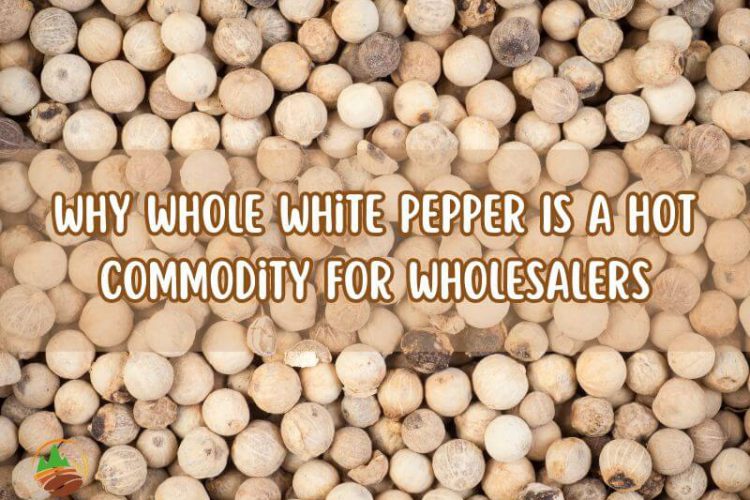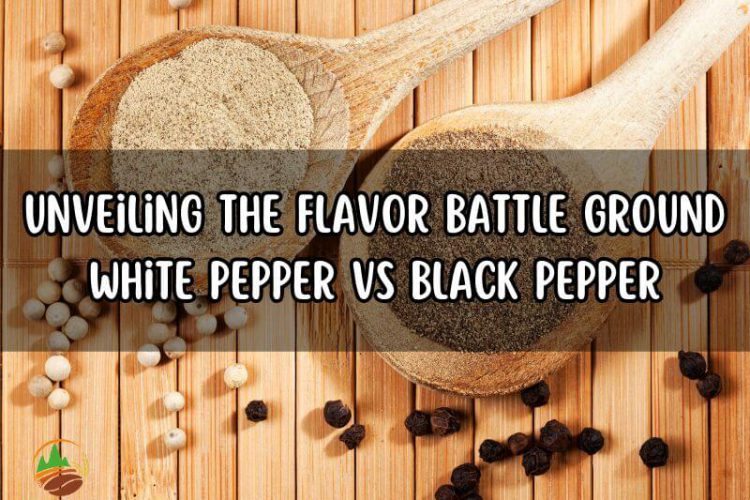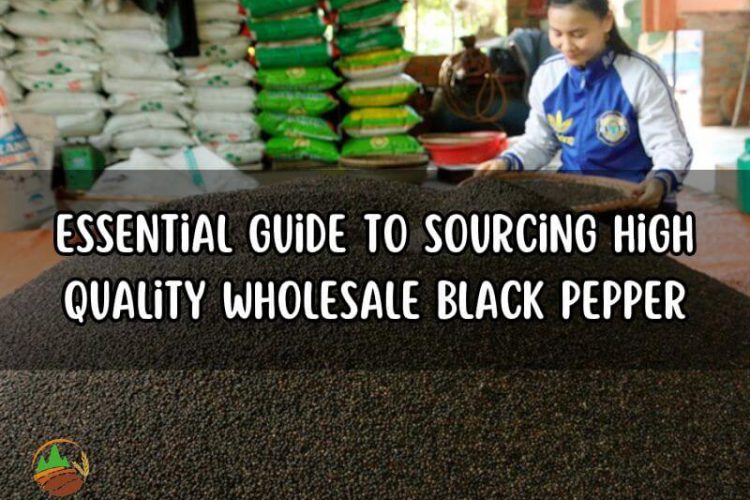India is a major exporter of cinnamon, generating substantial profits for companies. If you’re curious about the potential of Indian cinnamon for trading and whether any other country can match India’s cinnamon exports, as well as where to find Indian cinnamon suppliers, read this article for answers.
Table of contents
The overall look of Indian cinnamon
Let’s find out the significant detailed features of Indian cinnamon below.
Where is Indian cinnamon grown in India
So, cinnamon is grown in which state of India? Indian cinnamon is grown in the southern states of Kerala, Tamil Nadu, and Karnataka. These regions have favorable climatic conditions, including a tropical climate, well-drained soil, and adequate rainfall, which are conducive to the cultivation of cinnamon.

The detailed quantity of Indian cinnamon
According to available data by OEC, the annual production of cinnamon in India is estimated to be only 2.5% in total of cinnamon exporting-countries worldwide, in which cassia cinnamon takes for 90% of total Indian cinnamon. Half of them are imported from other countries such as India, Indonesia and China. This indicates that, unlike Indonesian cinnamon or cinnamon Vietnamese, India cinnamon is not commonly sought-after cinnamon by cinnamon wholesalers and customers.
Two main popular types of Indian cinnamon
There are primarily two types of cinnamon in India that are commonly found and used: Ceylon cinnamon and Cassia cinnamon.
| Ceylon | Cassia | |
| Color | Lighter tan to brown color | Dark reddish-brown color |
| Taste | Delicate, subtly sweet taste | Strong, slightly spicy taste |
| Fragrance | Citrusy notes and a woody fragrance | Robust and aromatic profile |
| Moisture | 12% | 12 – 14% max |
| Oil content | 2-4% | 5% |
| Coumarin | 1000 parts per million | 4000 parts per million |
| Average length | 7 – 8cm | 8 – 15cm |
| Skin thickness | 0.08mm | 2 – 3.5 mm |
Indian Ceylon cinnamon is mostly imported from Sri Lanka, and it has a lighter color, delicate sweet taste with citrusy notes and woody fragrance. It has a moderate oil content (2% to 4%) and lower coumarin levels. On the other hand, Cassia Indian cinnamon has a darker color, stronger spicy taste with a sweet undertone, higher oil content (about 5%), and higher coumarin levels.

Detailed Indian cinnamon production in material areas
Here is some detailed information about cinnamon farming, cultivation, and production in India:
- Cinnamon cultivation in India: Cinnamon plants need tropical and subtropical climates with temperatures of 20-30°C (68-86°F) and well-drained loamy soil with a pH of 6.0-7.0. They require regular weeding, organic manure, and irrigation. After three years, during the rainy season, the outer bark is carefully stripped, revealing the cinnamon layer and indicating harvest time.
- Cinnamon production in India: Like any other production of cinnamon in other countries. After harvesting, the inner bark is peeled, rolled, and dried in shaded areas, forming cinnamon quills/sticks. These dried quills are sorted, graded, and packaged.
The potential for advancement through the Indian cinnamon importing
Importing Indian cinnamon can have several potential developments in terms of minor fluctuations in pricing, Indian government support, transportation, and minor price fluctuations. Here’s an overview of these aspects:
- Indian government support: The Indian government has implemented various initiatives to support agricultural exports, aiming to promote and boost the country’s export potential. These initiatives are typically implemented through different ministries and agencies such as the Ministry of Agriculture and Farmers’ Welfare, Ministry of Commerce and Industry, and the Agricultural and Processed Food Products Export Development Authority (APEDA).
- Transportation: India’s location in South Asia offers strategic benefits for cinnamon exports, being close to major producers like Sri Lanka and Indonesia. This proximity enables easy access to raw materials and collaboration opportunities. With an extensive coastline and major ports, India facilitates efficient shipping and trade connections, bolstering cinnamon’s export potential.
- Minor fluctuations in pricing: The pricing of cinnamon, including Indian cinnamon, can be subject to minor fluctuations due to various factors such as high demand of cinnamon and Indian currency exchange rates. Additionally, low prices allow cinnamon farmers to delay harvesting since cinnamon trees continue to grow, leading to stable pricing with minor fluctuations for Indian cinnamon.

The average price of Indian cinnamon
Cinnamon wholesalers express significant interest in the pricing dynamics of cinnamon in India. Let’s explore the expenses involved and the diverse factors that impact its price.
Referral price of Indian cinnamon
| Indian cassia | Ceylon cinnamon | |
| Cinnamon stick | 3670 to 3860 USD/ton | 7780 to 8670 USD/ton |
| Cigarette cinnamon | 3670 to 3860 USD/ton | 7520 to 7990 USD/ton |
| Split cinnamon | 1400 to 1480 USD/ton | 5300 to 6880 USD/ton |
| Broken cinnamon | 900 to 1000 USD/ton | 2000 to 3500 USD/ton |
According to the data of cinnamon wholesale prices by OEC, Ceylon Indian cinnamon is priced at approximately 2 to 3 times higher than Indian Cassia cinnamon. This price difference can be attributed to the higher quality, limited cultivation, and smaller quantity produced of Ceylon cinnamon. On the contrary, Cassia cinnamon offers a stronger flavor, is extensively cultivated, more readily available, and comes at a more affordable price.

Factors influence the price of Indian cinnamon
Various factors contribute to the pricing of cinnamon in India, including government policies, transportation expenses, economic conditions, and political stability:
- Government policies: Trade regulations, taxes, and production policies set by the government can affect cinnamon prices. Policies promoting the import and trade of Indian cinnamon can lead to price reductions.
- Transportation costs: The cost of transporting cinnamon from production areas to export ports influences its price. Longer distances result in higher expenses, and fluctuations in transportation costs, such as fuel prices and infrastructure fees, can impact prices.
- Economic conditions: The economic situation in importing countries can influence Indian cinnamon prices. Factors like inflation and consumer demand directly affect pricing.
- Political status: The political environment of importing countries can also influence cinnamon prices. Political unrest or instability can disrupt trade and impact pricing.

All about reliable Indian cinnamon suppliers
To trade cinnamon from India effectively, it is vital to have reliable information about suppliers. We have gathered data on trustworthy and deceptive suppliers to support your decision-making process.
Types of Indian cinnamon suppliers
There are two types of supplier of India cinnamon, wholesalers and suppliers from material areas:
- Wholesalers: The majority of cinnamon suppliers in India operate as wholesalers, acquiring large quantities of cinnamon from suppliers or manufacturers and subsequently selling to retailers and other customers. These wholesalers play a pivotal role in the distribution process, offering advantages such as transparency, competitive pricing, and support for the local community.
- Local suppliers: Indian cinnamon suppliers who have their own sources of raw materials and produce and export the product are referred to as local suppliers. Indian local suppliers are located in a limited number in Kerala.

Signs of fraudulent Indian cinnamon supplier
In recent times, there has been an increase in deceptive practices within the cinnamon oil industry. It is important to identify fraudulent suppliers based on specific indicators:
- Absence of a representative office or valid business address in the destination country.
- Insufficient information provided about the source of raw materials and production facilities.
- Unusually low and suspicious pricing of Indian cinnamon.
- Lack of satisfactory customer service.

Some famous Indian cinnamon suppliers you can refer to
Let’s discover top 3 reliable India cinnamon suppliers:
- Pramoda Exim Corporation: Pramoda Exim Corporation, based in Andhra Pradesh, is a renowned manufacturer, supplier, and exporter of Indian cinnamon and agricultural products. With ISO 9001:2008 accreditation, they specialize in offering high-quality red chillies, spices, cereals, oil seeds, and cotton to customers worldwide. As an esteemed export company, they ensure top-notch products for global consumers.
- S.R. International: SR International is a well-established manufacturer and exporter of Indian cinnamon bark and spices. With extensive experience in the industry, they have earned a reputation for their expertise in herbs and spices. The company is staffed by dedicated specialists who cater to the unique preferences and requirements of their esteemed customers worldwide. Their deep understanding of high-productivity cinnamon cultivation further enhances their position as a leading spice supplier in India.
- Marudhar Impex: Established in 2016, Marudhar Impex aims to bring the bounties of Indian lands to a global audience. The company specializes in sourcing and delivering premium herbal powders, extracts, and oils, including Indian cinnamon. Their primary focus is to help individuals reconnect with nature and themselves by providing high-quality natural products.






